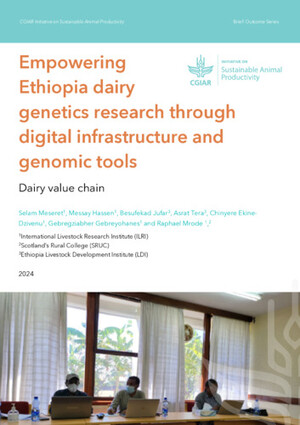
Genome-wide analysis of Nubian ibex reveals candidate positively selected genes that contribute to its adaptation to the desert environment
Abstract
The domestic goat (Capra hircus) is an important livestock species with a geographic range spanning all continents, including arid and semi-arid regions of Africa and Asia. The Nubian ibex (Capra nubiana), a wild relative of the domestic goat inhabiting the hot deserts of Northern Africa and the Arabian Peninsula, is well-adapted to challenging environments in hot deserts characterized by intense solar radiation, thermal extremes, and scarce water resources. The economic importance of C. hircus breeds, as well as the current trends of global warming, highlights the need to understand the genetic basis of adaptation of C. nubiana to the desert environments. In this study, the genome of a C. nubiana individual was sequenced at an average of 37x coverage. Positively selected genes were identified by comparing protein-coding DNA sequences of C. nubiana and related species using dN/dS statistics. A total of twenty-two positively selected genes involved in diverse biological functions such as immune response, protein ubiquitination, olfactory transduction, and visual development were identified. In total, three of the twenty-two positively selected genes are involved in skin barrier development and function (ATP binding cassette subfamily A member 12, Achaete-scute family bHLH transcription factor 4, and UV stimulated scaffold protein A), suggesting that C. nubiana has evolved skin protection strategies against the damaging solar radiations that prevail in deserts. The positive selection signatures identified here provide new insights into the potential adaptive mechanisms to hot deserts in C. nubiana.
Citation
Chebii, V.J., Oyola, S.O., Kotze, A., Domelevo Entfellner, J.-B., Mutuku, J.M. and Agaba, M. 2020. Genome-wide analysis of Nubian ibex reveals candidate positively selected genes that contribute to its adaptation to the desert environment. Animals 10(11): 2181.










